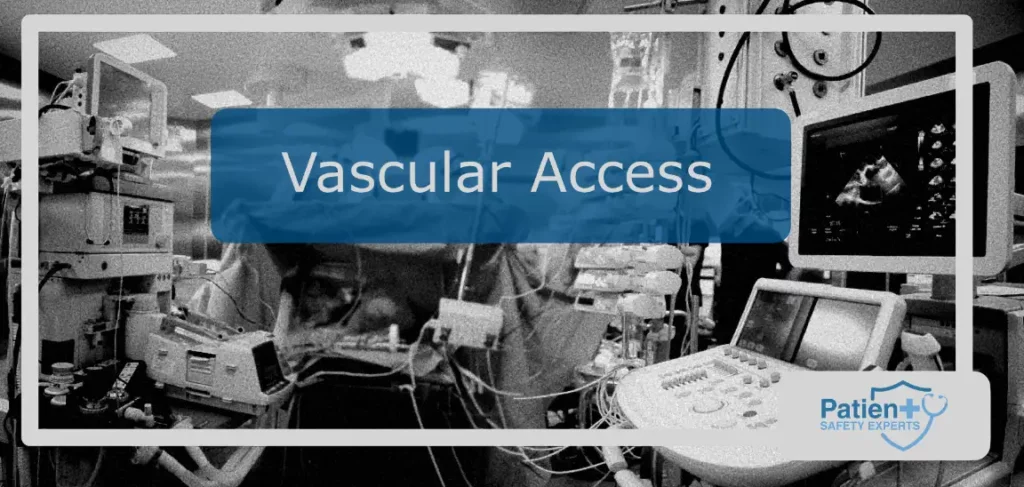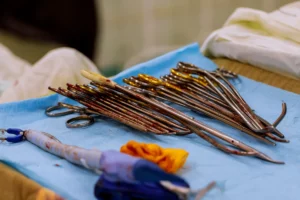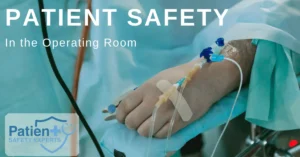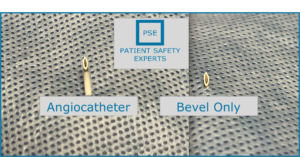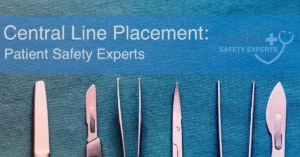Central line placement is a critical procedure in healthcare settings, often performed in emergency situations or for patients with complex medical needs. Ensuring its success is paramount to patient safety. In this comprehensive guide, we will walk you through the key steps of central line placement while highlighting common mistakes to avoid at each stage.
Introduction
Central lines, also known as central venous catheters (CVCs), are essential in providing intravenous access for various medical treatments. However, errors during central line placement can lead to complications, including infections, thrombosis, and even life-threatening situations. Let’s dive into the steps involved in central line placement and the critical mistakes to avoid.
Step 1: Patient Assessment
Mistake 1: Skipping Comprehensive Assessment
Before starting the procedure, assess the patient thoroughly. Mistakenly overlooking critical patient information, such as allergies, coagulation disorders, or anatomical abnormalities, can lead to complications.
For a detailed guide on medication errors, read our article on Medication Errors in the Operating Room.
Mistake 2: Inadequate Site Selection
Choosing the wrong insertion site is a common error. Ensure you select the appropriate vein, considering factors like the patient’s condition and the purpose of the central line. Neglecting this can result in discomfort, catheter misplacement, or vessel damage.
Learn more about site selection and proper sizing of central lines for flow rates in our post on Comparing French Sizing to Gauge for IVs and Central Venous Catheters.
Step 2: Pre-procedure Preparations
Mistake 3: Poor Hand Hygiene
Infection prevention is paramount. Neglecting proper hand hygiene and aseptic techniques can introduce harmful microorganisms into the procedure. This mistake can lead to catheter-related bloodstream infections (CRBSIs). Explore the importance of hand hygiene in our article on Medical Tapes, Adhesives, and How to Get Them Off Your Skin.
Mistake 4: Lack of Team Coordination
Central line placement often involves a team of healthcare professionals. Failing to establish effective communication and coordination among team members can result in confusion, procedural errors, and patient discomfort. It’s critical to have a 3rd party available to assist, oversee, and ensure compliance with the central line bundle.
Step 3: Insertion Technique
Mistake 5: Incorrect Needle Entry Angle
The angle at which you insert the needle matters. Inserting it too shallow or too deep can lead to complications, such as hematoma formation, pneumothorax, or arterial puncture. Always aim for the correct angle based on the chosen insertion site.
Explore the debate on Central Line Placement: The Steel Needle vs. Angiocatheter Debates for insights on needle choice.
Mistake 6: Excessive Force
Using excessive force when advancing the catheter over the wire can cause vessel trauma or damage to surrounding structures. Apply gentle, controlled pressure to prevent this mistake. You will often have to ensure you have made a proper skin nick to have the dilator and catheter pass smoothly through the skin and tissue.
It’s critical not to dilate the vessel and place the catheter until you have confirmed that the vessel you are cannulating is a vein, not an artery.
Learn more about proper insertion techniques in our post on Central Line Placement: Ultrasound vs. Manometry.
Step 4: Catheter Placement Confirmation
Mistake 7: Neglecting Confirmation Methods
Failing to confirm the catheter’s placement with imaging or other reliable methods is a grave error. Incorrect catheter placement can lead to complications like catheter migration, extravasation, or vessel perforation.
Learn about different confirmation methods in our article on Ultrasound-Guided Subclavian Central Line Placements.
Step 5: Securing and Dressing
Mistake 8: Inadequate Securement
Proper securement is vital to prevent catheter dislodgment or accidental removal. Using insufficient or improper securement devices can lead to catheter-related complications. Find tips on securement in our post on Proper Biopatch CHG Dressing Placement for Central Venous Catheters.
Mistake 9: Poor Dressing Technique
Aseptic dressing technique is crucial in preventing infections. Applying dressing incorrectly or using non-sterile materials can increase the risk of CRBSIs.
Step 6: Post-Placement Care
Mistake 10: Neglecting Catheter Maintenance
Once the central line is in place, it requires ongoing care and monitoring. Failing to maintain the catheter and adhere to maintenance protocols can lead to complications like occlusion, infection, or thrombosis.
Conclusion
Central line placement is a delicate procedure that demands precision, teamwork, and attention to detail. Avoiding common mistakes at each step is vital for patient safety. By following best practices and prioritizing patient care, healthcare professionals can ensure the successful placement of central lines and reduce the risk of complications.
Remember, patient safety should always be the top priority in healthcare. Avoiding these mistakes is essential for providing the best possible care to patients who rely on central lines for their medical needs.

